Romanian crop farm produces whopping harvests
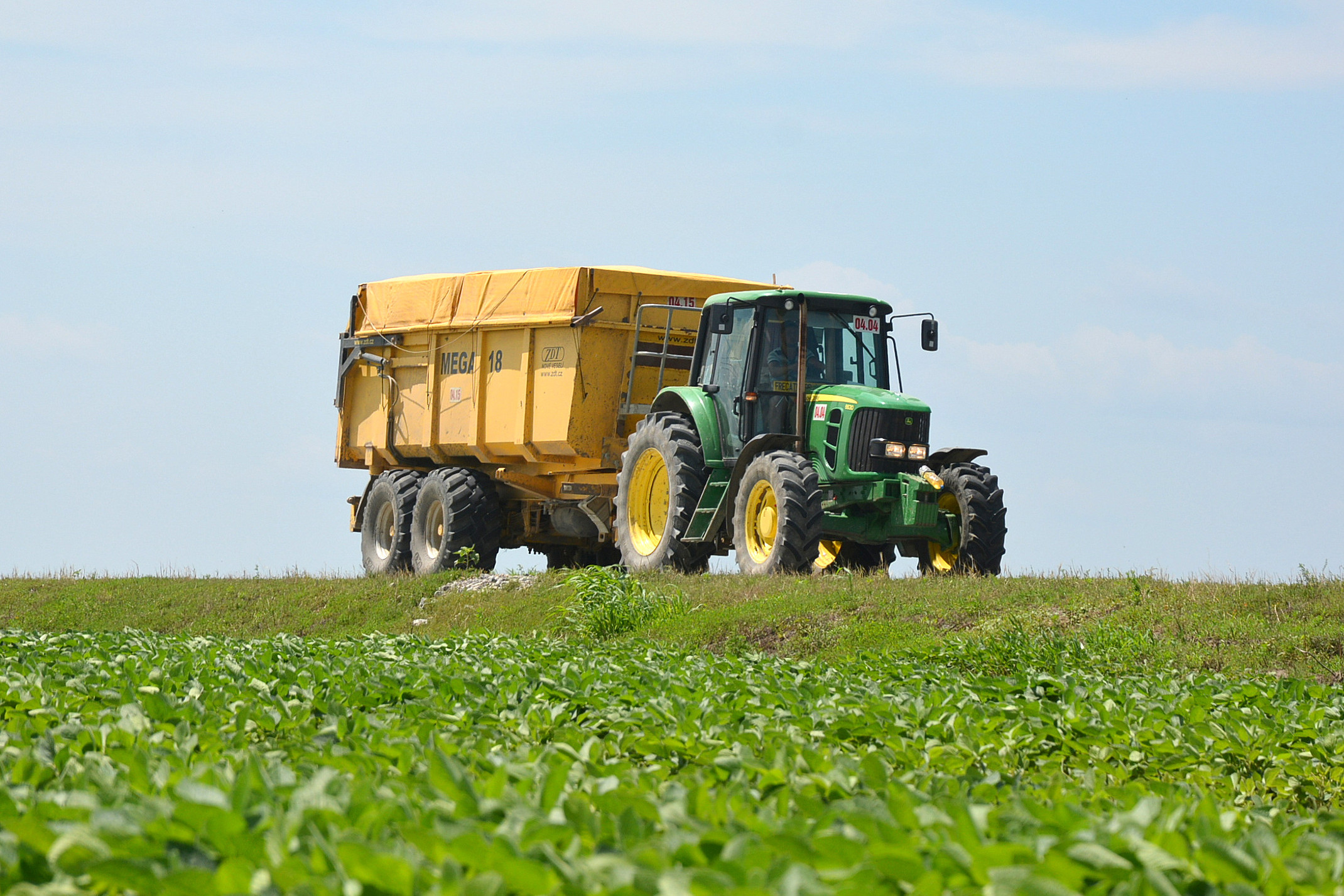
Romania has only been a member of the European Union (EU) for 10 years but already it is home to the EU’s largest farm consisting of a whopping 57,000 hectares. All About Feed talked to Constantin Dulute, owner of this company called Agricost.
Spreading out across the fertile lands around Braila Island in the south eastern part of the country, this island farm, managed as Agricost, runs 60 kilometres long, 11 kilometres wide, and is divided into 29 sub-farms, each of which manage their own crops. Agricost has developed itself into the biggest cereal producer in Romania receiving around €10 million per year in EU subsidies. Transporting grain off the farm to customers is very easy as it sits close to Braila Port on the River Danube where barges constantly haul grain in the harvest season. The farm can store its own grain on-site but together with the port storage facilities the total capacity reaches over 50,000 tonnes.
Open to foreign investments
From a birds eye view Romania has a total agricultural area of 14.7 million hectares of which 9.3 million hectares are used for arable purposes. However, due to a lack of investment and irrigation up to 1.3 million hectares of this arable land lies unused each year.
This may change in the future as Romania is the only country in eastern Europe that will allow foreign investors to purchase land outright without entering into any local renting arrangements.
Influence of EU money visible
Romania ascended into the EU in 2007 and it is clearly evident when travelling around the country how big an influence EU money has had on agriculture and infrastructure. Big farms are getting bigger, road infrastructure is improving, tractors and machinery are getting more advanced and the Romanians are becoming more technology friendly at a very fast pace.
Agricost
Agricost is a company owned by Constantin Dulute. Lucian Buzdugan is the president of the administration board. All of the land is rented from the Romanian government on 30-year contracts but the farm’s entire network of roads, irrigation systems, and even a barge to ship the cereal from the nearby port, have been provided by Agricost.

Agricost’s harvest
In 2016, Agricost harvested 416,000 tonnes of grain, which was the highest from a single farm in Romania. The farm’s new goal has been set to produce 500,000 tonnes in 2018. The 2017 crop consists of:
- 14,853ha of autumn wheat
- 8,048ha autumn barley
- 11,707ha corn
- 10,056ha soya
- 8,184ha sunflowers
- 2,520ha alfalfa hay and
- 260ha of peas
Giving a total of 55,638ha and the remainder as fallow. Rapeseed was previously planted on the farm but just last year a decision was taken to cease this crop, as it was not generating profit.
Water levels hinder Romanian yield averages
Yield averages in Romania are low compared to other EU arable nations due to a shortage or indeed a deluge of water. In the majority of cases there is not enough water to maintain the crops while in extreme cases heavy rain or hail can wipe out a crop overnight. In fact, 70% of the land is irrigated and plans are in place to irrigate the remainder with the help of EU funds. However, as the land is really an island formed, last century, from the River Danube, so when the river rises the groundwater levels also rise and in the spring can easily flood the crops. To try to handle the excess rainwater, Agricost built over 150 kilometres of channels to drain the water back into the Danube with the help of 32 high capacity pumps.
Agricost’s goal for next harvest
For the next harvest, the team at Agricost are aiming for an average yield for
- wheat – 8t/ha
- barley – 9t/ha
- sunflower – 3.7t/ha
- soy – 4 t/ha and
- corn – 12 t/ha
Tradition, performance and innovation
Constantin Dulute, Agricost owner, said: “Tradition, performance and innovation, but also the implementation of new technologies based on efficient resource management, in harmony with the environment represents the mission of Agricost. With all that in mind, we were able to harvest over 410,000 tonnes in 2016. For the 2018 year, we are economically pursuing a production of 1,000 tonnes per active employee with a total production of 500,000 tonnes that year by expanding the direct sowing technologies.”
Corn: The most profitable crop on the farm
Last harvest, they achieved a yield of 13.3 tonnes per hectare and received €150 per tonne for that. Lucian Buzdugan explains: “We aim to plant around 75,000 plants per hectare at spacings of 50cm by 26cm. We used to sow at 70cm by 19cm rows but after testing we found the smaller spacing yields us more. It allows more sun and airflow into the crop. Our cost per hectare for the corn is in the region of €1,428 so with the subsidy we make over €725 per hectare profit.
90% of total grains produced sold on the stock market
We sow our wheat at around 500 to 550 seeds per square metre at 25cms rows predominantly Romanian varieties. When it comes to selling the grains, only 10% of all production from Agricost is sold direct to customers and the remaining on the stock market.
Lucian says Romania is being discriminated against when it comes to the use of GMOs.
He said: “The EU has banned us from using GMO in Romania but yet allows us to import GM feed. That is discrimination in terms. GM soya could help us resist disease and reduce pesticide but we are forbidden from using it. Where is the sense in that?” he concluded.
Join 26,000+ subscribers
Subscribe to our newsletter to stay updated about all the need-to-know content in the feed sector, three times a week. Beheer
Beheer

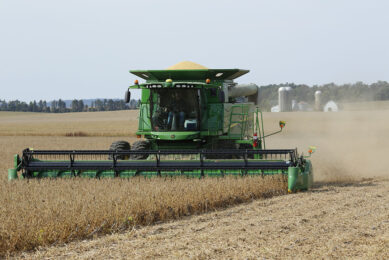
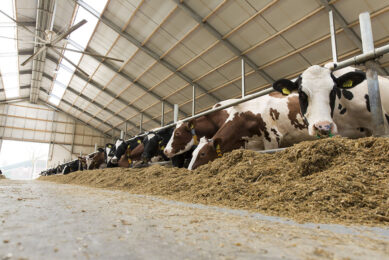
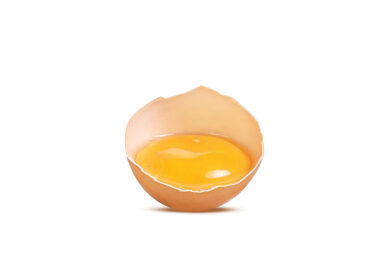
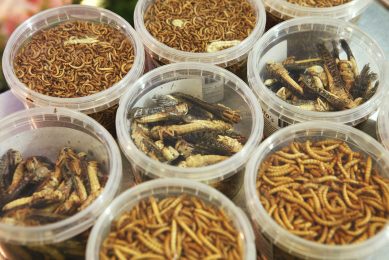




 WP Admin
WP Admin  Bewerk bericht
Bewerk bericht